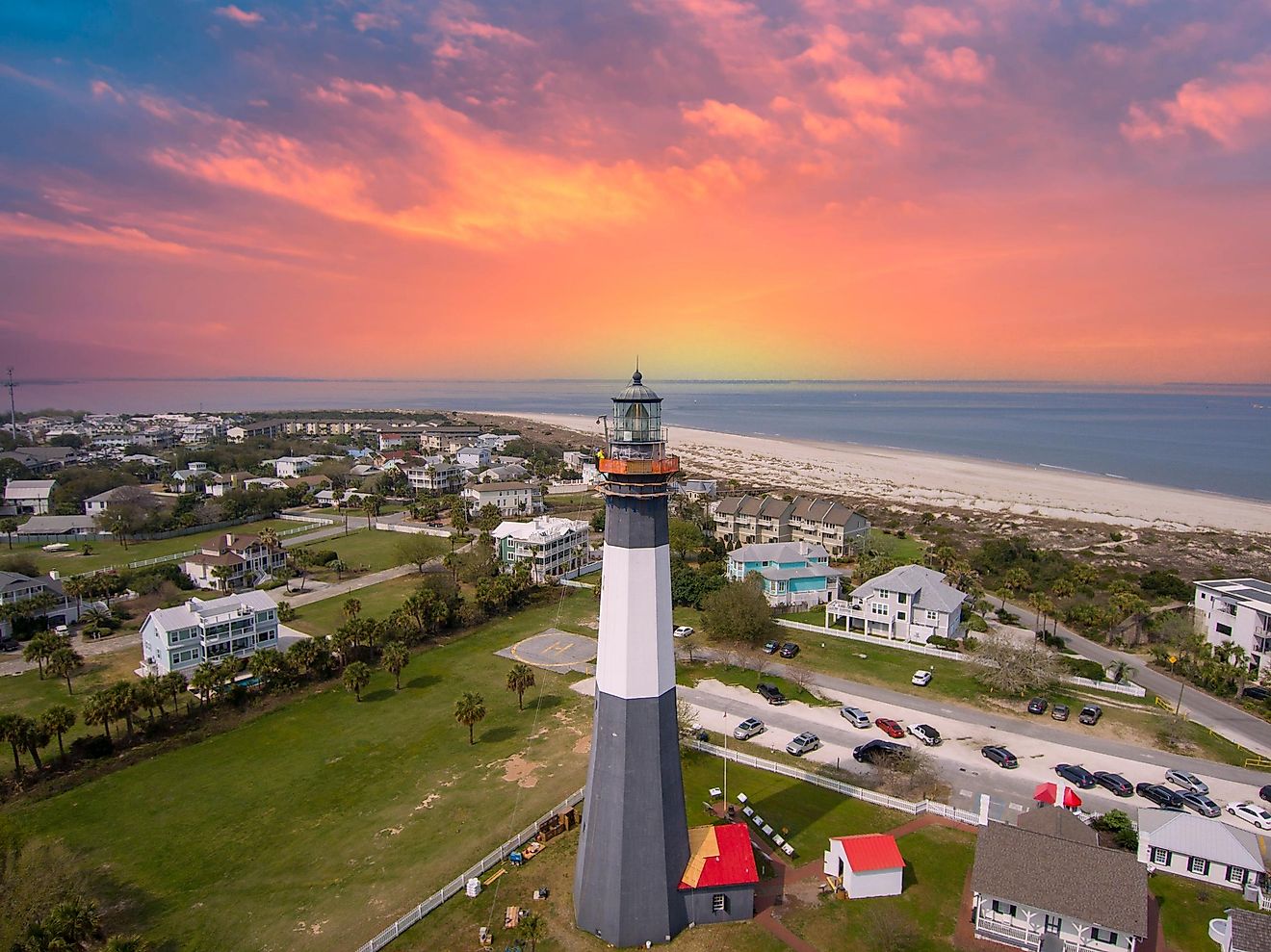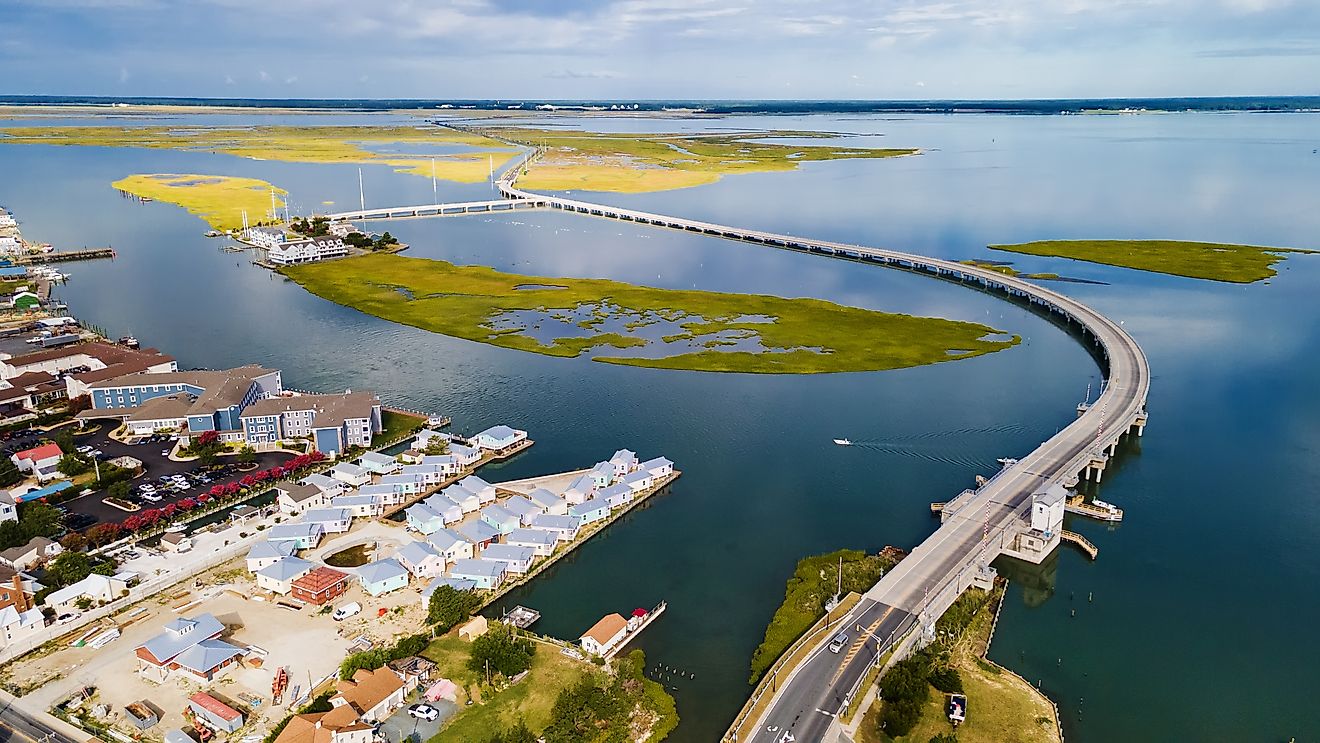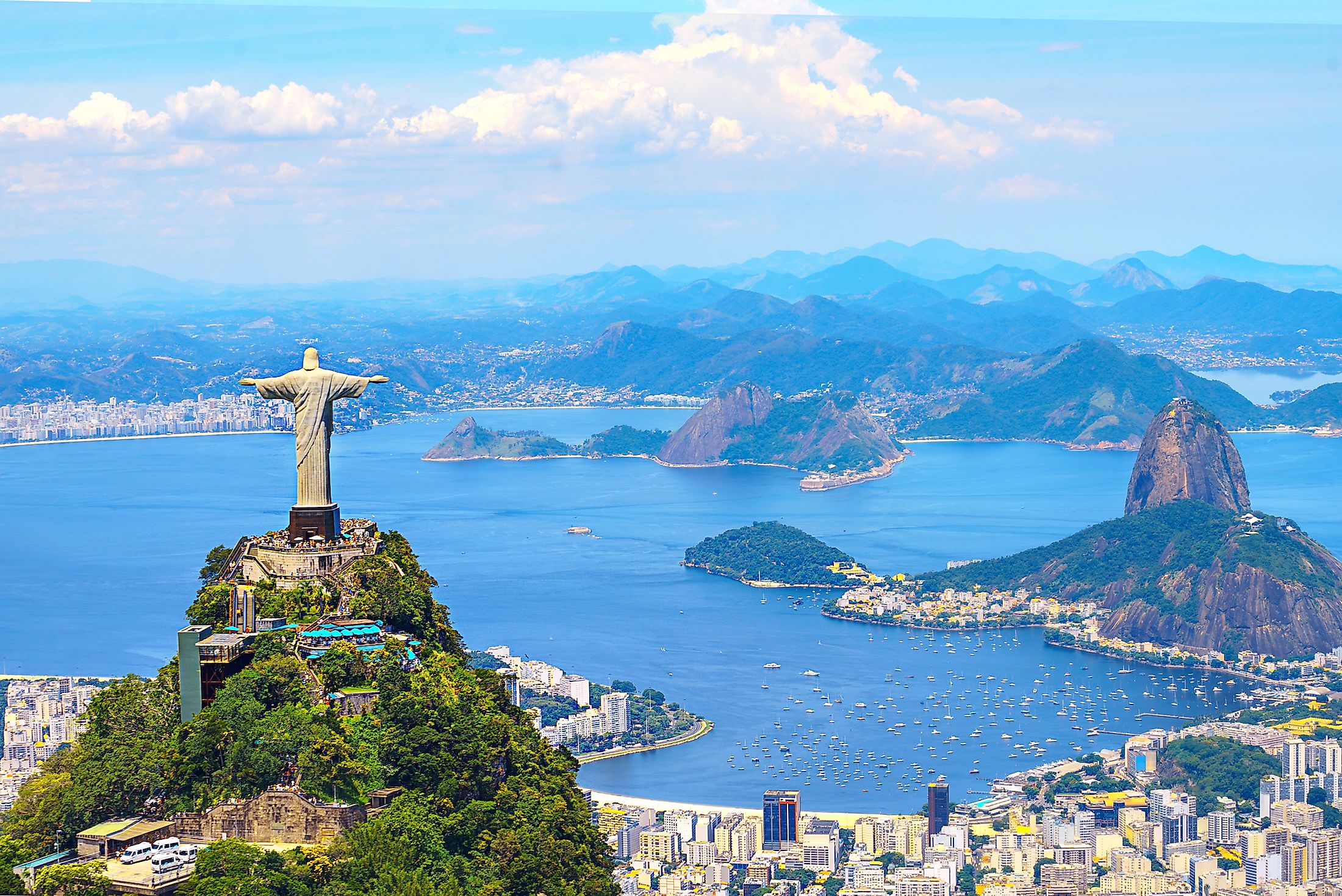
Christ the Redeemer - One of the Seven Wonders of the World
The icon of Rio de Janeiro in Brazil and one of the World's 7 Wonders, Christ the Redeemer towers the city from Mount Corcovado for the whole world to see. As one of the longest symbols of modern Christianity across the globe, the statue receives millions of visitors annually.
Coming at 635 tons, 98 feet long and 92 feet wide, overlooking the port city of Rio de Janeiro, Christ the Redeemer has been a cultural icon of the nation since inception. Having celebrated its 75th anniversary in 2006, this, largest Art Deco on Earth, also comes with a very intricate chapel at its foot, dedicated to Our Lady of Aparecida.
History Of Christ The Redeemer Statue
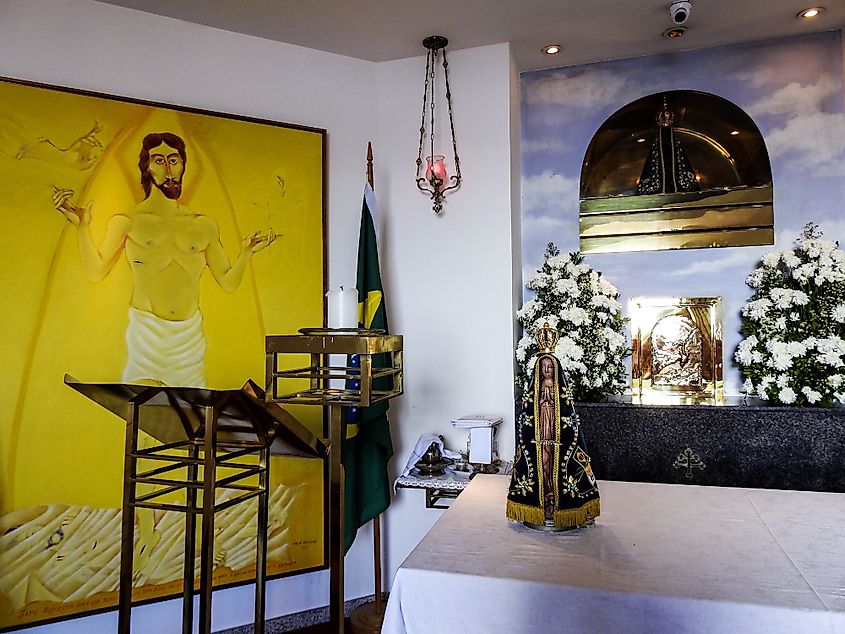
Back in 1950, when the Vincentian priest, Pedro Maria Boss suggested the idea to erect a Christian symbol for the city, but was rejected, the seed was planted in the minds of Christian Catholics in Brazil that would grow into a world-famed piece the following century. With Brazil, having established a republic in 1889, thus separating church from the state, there came an outcry from the nation’s Catholics that the world was heading towards doom, due to "godlessness". It all began following World War I, with the Roman Catholic archdiocese, or, simply, the catholic priest’s call, to install a religious symbol for the city.
Upon receiving permission, the stone base was laid on April 4, 1922 in a ceremony, also in commemoration of 100-year anniversary of Brazil’s independence from Portugal. With the design of prospected statue still undecided, a competition to find the designer was held the same year. Five people partook in realizing the look of the statue, including the French engineer, Albert Caquot, and the Romanian artist Gheorghe Leonida. Heitor da Silva Costa, a Brazilian engineer was chosen on the merit of his sketches, although his original idea was of Christ with a cross and a miniature world sphere in his hands.
Upon catching the name "Christ with a ball", it was Carlos Oswald, a Brazilian artist, whose design of Christ's standing pose with arms spread wide in an Art Deco style, was implemented instead, but still working in collaboration with Costa. Partnering also with Paul Landowski, a Polish-French sculptor, Oswald was the final author behind the structure's head and hands. The funds to begin construction, which began in 1926, were raised primarily and privately by the church, with materials and workers getting transported via railway to the summit, while the whole work of the engineers took place between 1922 and 1931.
Construction Of Christ The Redeemer
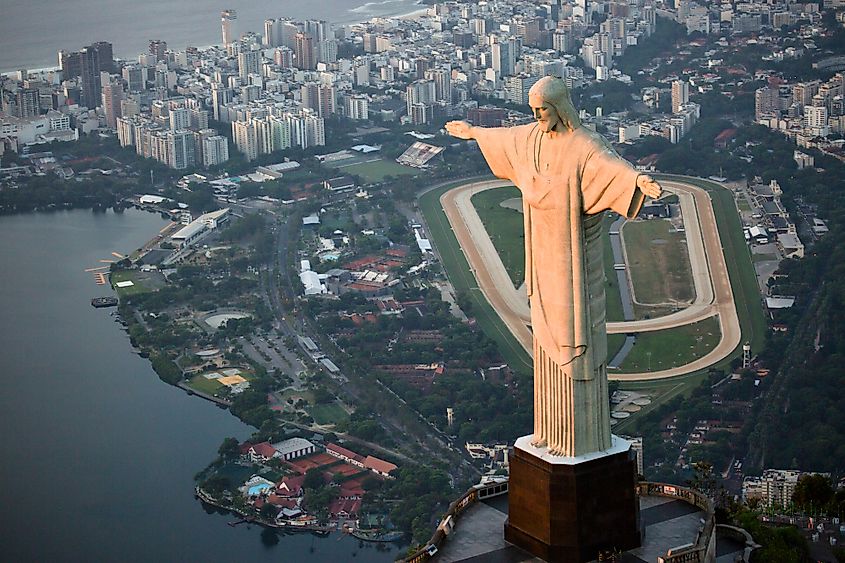
Taking almost a decade to complete due to the thick vegetation cover on the mountain, as well as its gigantic prospected size, the whole project cost $250,000 US, with the statue finally being inaugurated in October 1931. Fashioned out of clay pieces by Landowski that were shipped to Brazil, it was then remade with reinforced concrete, thinking that it was best to use this sturdy material for the grand and wide-open arms stance of the sculpture, symbolizing the Christ's loving embrace of his people.
Even so, Costa was not satisfied, believing that concrete was too rough for the representation of Christ. Finding his inspiration in a Parisian fountain near the Champs Elysees, Da Silva Costa updated his design to be made of soapstone tiles that would suit best to face the sun, and the people, as the Christ's grand stance in front of the world. The soapstone arrived from eastern Brazil's quarry in Ouro Preto and the final sculpture is made with 6 million soapstone tiles.
Significance Of Christ The Redeemer
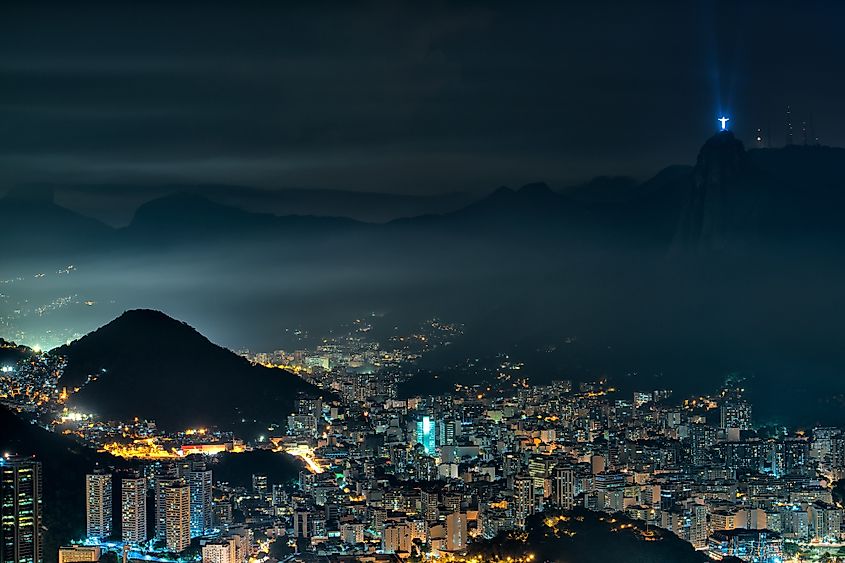
The main significance in Christ the Redeemer lies in its ability to represent various things to different people, or depending on how one looks at it. Having eliminated the need for the statue to carry a cross with Costa's design of the open-wide stance effectively incorporated the cross within the whole Christ's silhouette. The Brazilians see the welcoming gesture in the figure, while those of Catholic religion, add that it is a literate translation of Christ inviting people in for a hug, to sooth one's soul during hardship's, and, as an embrace upon meeting him after death. Some also believe that the money for the project came from individuals' in and around Brazil donations, as opposed to strictly from the church’s funds.
Scholars have also noted significance in the fact that the figure varies greatly from the God's son's depiction in all other spheres, being nailed to a cross with a bowed head, in defeat. Not the largest structure in the world, Cristo Redentor, in its native Portuguese, is the largest Art Deco structure on Earth, that, in 1969, Brazilian artist Gilberto Gil was inspired to write a song about, called "That Hug" ("Aquele Abraço"). Having been featured in various Hollywood films, many have also seen the sweeping shots of the iconic Christ the Redeemer figure mounting Corcovado, in the Olympics. The various meanings, the breathtaking view, the colorful history, and the uncertain future of the structure, keep up the fascination.
Weather Effects And Renovation
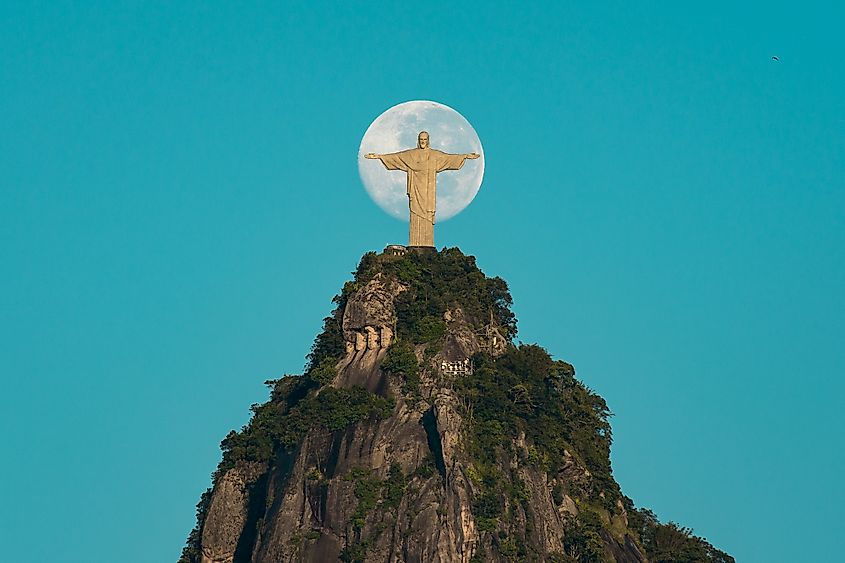
It is almost guaranteed that in the future the statue will look very differently from its original, with the wind and the rain having already had their toll on the structure's facade by wearing away the stone tiles. Moreover, being so tall makes the statue vulnerable to lightning, and despite numerous rods to deflect the strikes, it has incurred serious damage twice since the erection. The first happened during a thunderstorm in 2008, destroying the fingers, the head and the brows, while the second occurred right prior to the World Cup of 2014, singing the head and removing a fingertip.
For these reason, there has been frequent renovation to keep the monument in top shape. A thorough cleaning was done in 1980; while in 2003 over 100 people have helped give the statue a "facelift", needed for the effects of the nature, with the structure being in such an accessible, to those forces, location. With Costa, having originally chosen a lighter grey color of soapstone that was rare, and is no longer available, the restoration workers have to use different types of stones.
For this reason, the statue is getting darker over time. Furthermore, a major project of 2010 involved repairing and refurbishing the surface, while escalators and panoramic elevators were added in 2002-2003. For its 75th anniversary in 2006, a chapel was constructed at its base dedicated to the patron saint of Brazil. Unfortunately, defacing also took place in 2010, as it was being renovated. Having scaled the statue, some acrobatic graffiti artists marked the head, arms, and chest with writing.
Mount Corcovado
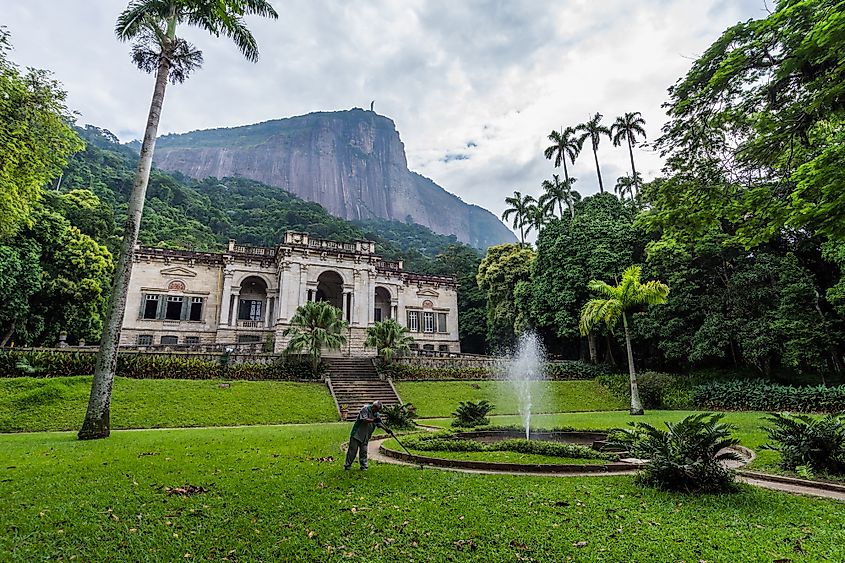
Nestled in the city's rainforest, the Tijuca Forest National Park, of south-eastern Brazil's Carioca Range and overlooking Brazil’s principal port city, Rio de Janeiro, mountain Corcovado is a sharp and rocky peak, meaning Hunchback, and named for its shape. Accessible by road and by cog railway, Christ the Redeemer, the emblematic landmark, sits on the deck of the narrow summit. The mountain itself is sung about in popular and traditional songs of the nation. Commanding in height, the statue is visible from everywhere, which was the main reason for placement, with the president Epitácio Pessoa, petitioned by the citizens, allowing the construction on top of it.
Visiting The Christ The Redeemer
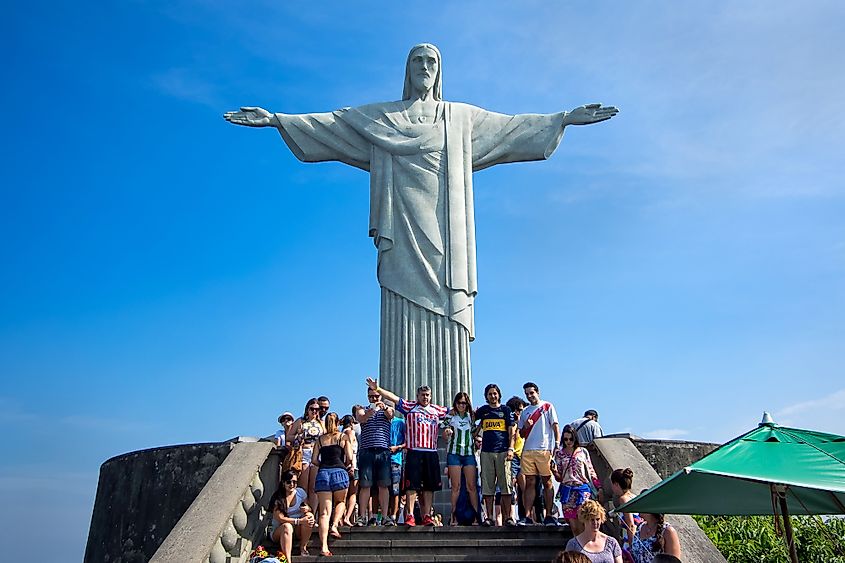
While the first ever tourists to visit the sculpture were in 1931, during unveil, today, over 15,000 hike up or take the train to its base to say "hello" to the famous landmark every day. Many people opt for the Corcovado centenarian eco-friendly electric train ride through the forest to get to the base, following which, the statue is accessible by an elevator or an escalator, where priory, one would have to climb 200 steps to make it to the top. While couples can wed there under Christ the Redeemer at the Chapel, seemingly an ideal location for marriage, there's little space, as well as the ascent to reach the Nossa Senhora Aparecida needs to be conquered.
Although Christ the Redeemer is known by all, the history behind its origin and the fact that Brazilian Christianity is just one of the things the statue symbolizes, are often overshadowed by the grand stature.









